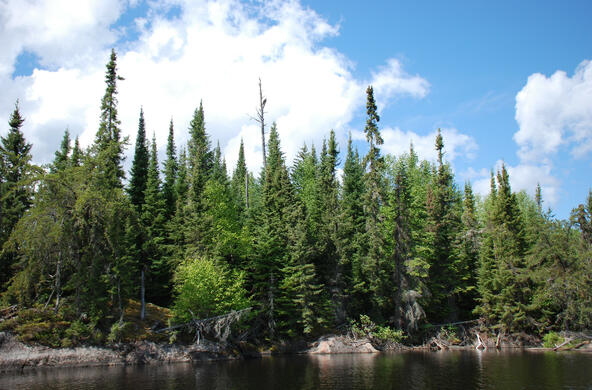Another public health challenge the National Climate Assessment will explore is the likelihood that diseases native to other geographical areas will migrate to the United States as climate changes alter ecosystems.
There is already documented evidence that ticks carrying Lyme disease are moving north into Canada, said the Centers for Disease Control and Prevention's George Luber. Warmer temperatures make the bugs more aggressive as they look for their next meals and promote their survival during the winter, thus lengthening the transmission season and increasing the density of ticks in their regional strongholds, he said.
"Climate change acts to change the nature of ecosystems, especially those characteristics of ecosystems that increase or, in some cases, decrease health risk," Luber said.
There is also a risk that mosquito-borne diseases common in other parts of the globe may become endemic to the United States. Dr. Richard S. Ostfeld, senior scientist at the Cary Institute of Ecosystem Studies, said it is highly likely that the Chikungunya virus, which causes joint pain that can become debilitating, will spread to the United States partly as a result of climate change.
The virus arrived in the Caribbean in late 2013 from East Africa, Ostfeld said, and is carried by two exotic mosquito species that exist in tropical, subtropical and some temperate places. That makes is spread to places like the Mid-Atlantic states likely in the next few decades. The rate of exposure increases with warmer temperatures, he said, creating scenarios where the virus can become more widespread.
For example, if someone vacationing in the Caribbean is bitten by a virus-carrying mosquito and then is bitten back home by a local species that can also carry Chikungunya, that mosquito is then positioned to spread the virus locally, causing possible outbreaks.
"The virus is likely to arrive," Ostfeld said. "And then all bets are off, and climate change will make it worse."






